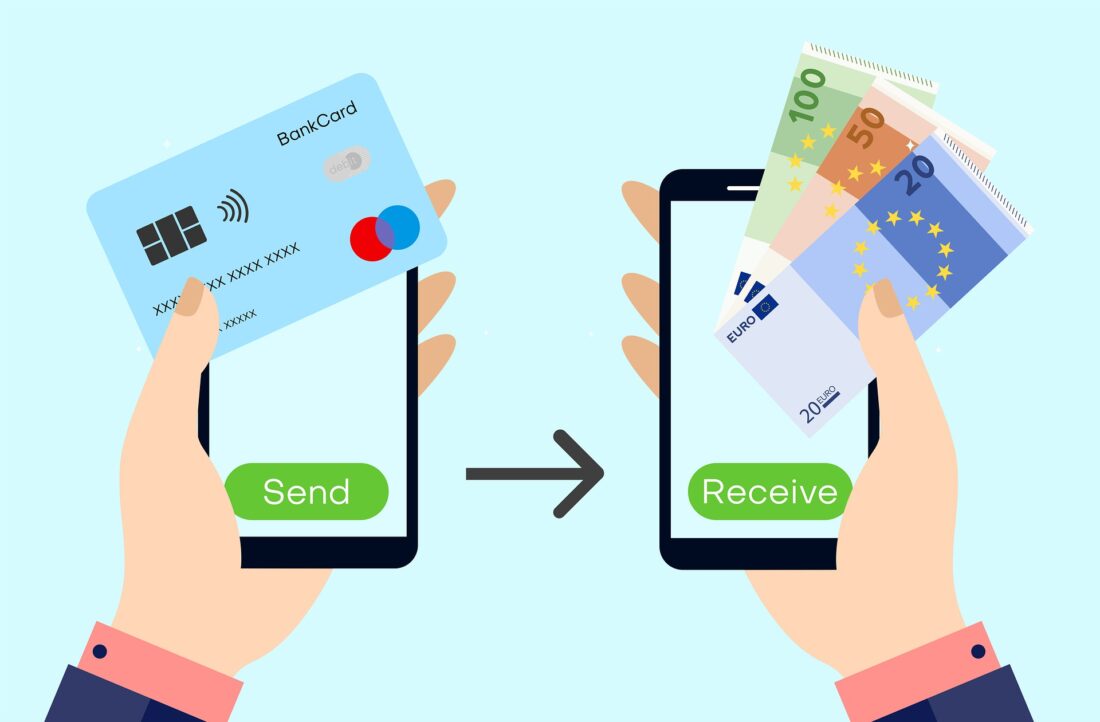How Mobile Banking Will Evolve in 2022 and Beyond – Dan Schatt
 The mobile banking industry is growing at an unprecedented rate. A recent study by banking expert Dan Schatt found that the number of global mobile banking users will exceed 1 billion by 2022, up from an estimated 753 million in 2017. This growth is being driven by a number of factors, including the increasing popularity of smartphones and the proliferation of digital banking channels.
The mobile banking industry is growing at an unprecedented rate. A recent study by banking expert Dan Schatt found that the number of global mobile banking users will exceed 1 billion by 2022, up from an estimated 753 million in 2017. This growth is being driven by a number of factors, including the increasing popularity of smartphones and the proliferation of digital banking channels.
While the mobile banking industry is currently experiencing rapid growth, it is also undergoing a period of transformation. In the coming years, we can expect to see several major changes in the way that mobile banking is delivered. Here are some of the most important trends that we can expect to see in mobile banking over the next five years:
1) Virtual Assistants
Virtual assistants may become a normal part of the mobile banking experience in a few years.
Virtual assistant technology is still relatively new, but it is advancing rapidly. As a result, some industry experts believe virtual assistants may quickly evolve beyond basic customer service tools and transform how we interact with our devices. For example, virtual assistants could eventually be used to help us make financial decisions, manage our budgets, and track our spending.
Virtual assistants will likely play a major role in the future of mobile banking. In fact, some industry observers believe that they may eventually replace traditional banking apps altogether.
2) Augmented Reality
Augmented reality (AR) is another technology likely to have a major impact on mobile banking over the next five years.
AR is a type of technology that allows users to interact with digital content superimposed onto their real-world surroundings. For example, AR can be used to show you how a piece of furniture would look in your home before you buy it.
AR has already been used in many industries, including retail, education, and healthcare. In the near future, we can expect to see it being used in banking as well.
AR could be used to help customers perform transactions, such as checking their account balance or transferring money. It could also provide educational content about financial products and services.
3) Blockchain
The blockchain is a distributed database that allows for secure, transparent, and tamper-proof transactions. It has already been used in a number of different industries, including finance, healthcare, and supply chain management.
The blockchain has the potential to revolutionize mobile banking. For example, it could create a new type of digital currency that is safer and more efficient than traditional currencies. It could also create decentralized digital marketplaces that allow customers to purchase goods and services directly from merchants.
While the blockchain is still in its infancy, it has received a great deal of attention within the banking industry. Many experts believe that it could make money transfers faster, cheaper, and more secure. As a result, banks are investing heavily in research related to this technology.
Final Thoughts
The mobile banking industry is undergoing a period of rapid change. Soon, we can expect to see major changes in how customers interact with their devices and how financial institutions operate.









